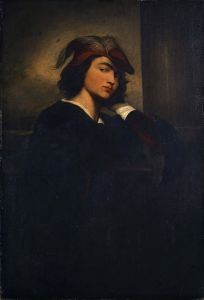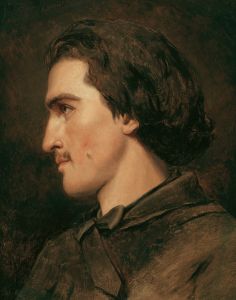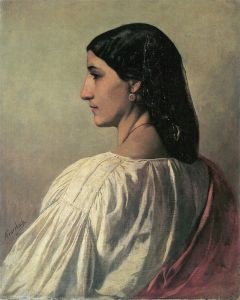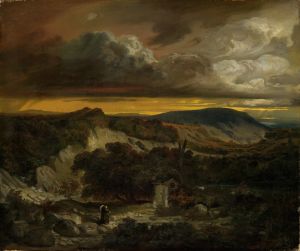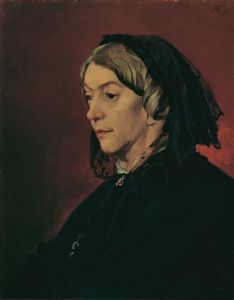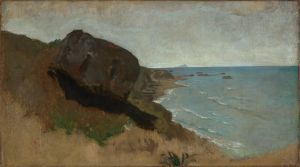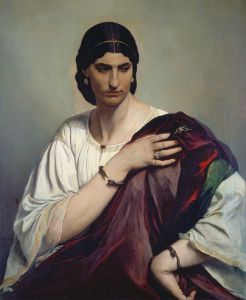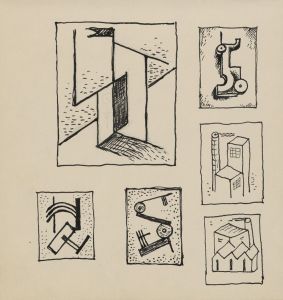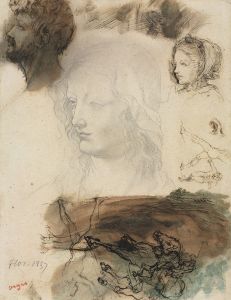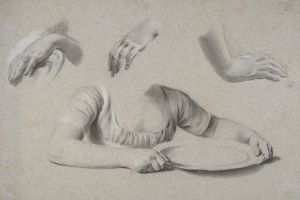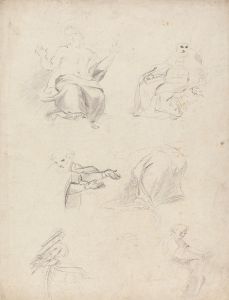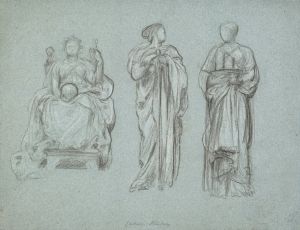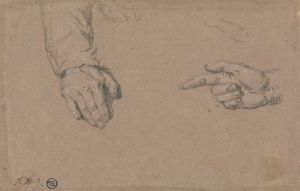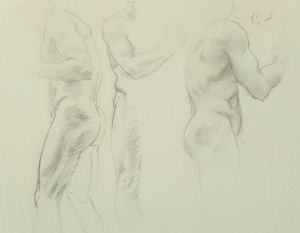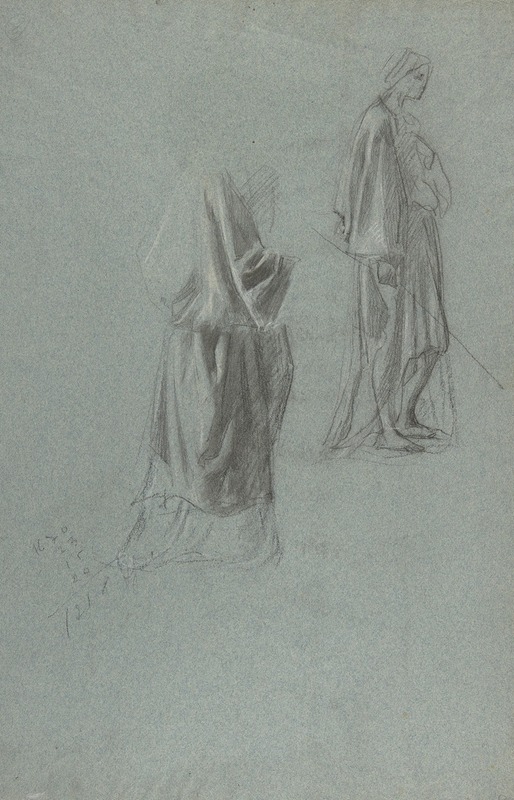
Drapery Studies
A hand-painted replica of Anselm Feuerbach’s masterpiece Drapery Studies, meticulously crafted by professional artists to capture the true essence of the original. Each piece is created with museum-quality canvas and rare mineral pigments, carefully painted by experienced artists with delicate brushstrokes and rich, layered colors to perfectly recreate the texture of the original artwork. Unlike machine-printed reproductions, this hand-painted version brings the painting to life, infused with the artist’s emotions and skill in every stroke. Whether for personal collection or home decoration, it instantly elevates the artistic atmosphere of any space.
Anselm Feuerbach, a prominent 19th-century German painter associated with the Düsseldorf School and later the Munich School, is known for his classical and idealized depictions of historical, mythological, and allegorical subjects. One of his lesser-known works, Drapery Studies, reflects his meticulous attention to detail and his dedication to mastering the technical aspects of painting.
Drapery Studies is not a single painting but rather a term used to describe a series of preparatory works or sketches by Feuerbach. These studies were created as part of his artistic process to explore the intricate folds, textures, and movement of fabric. Such studies were common among academic painters of the 19th century, as they allowed artists to refine their understanding of how light and shadow interact with draped materials. Feuerbach’s drapery studies exemplify his commitment to the academic tradition, which emphasized rigorous training and the study of classical forms.
Feuerbach’s approach to drapery was heavily influenced by his admiration for Renaissance and classical art. He often drew inspiration from the works of Italian masters such as Raphael and Michelangelo, whose treatment of drapery conveyed both a sense of realism and an idealized beauty. In his studies, Feuerbach sought to achieve a similar balance, using drapery not only as a technical exercise but also as a means to enhance the emotional and narrative impact of his larger compositions.
The Drapery Studies are typically executed in pencil, charcoal, or chalk, media that allowed Feuerbach to focus on the interplay of light and shadow without the distraction of color. These studies were likely created in preparation for his larger oil paintings, many of which feature figures adorned in flowing garments. By perfecting the depiction of drapery in his studies, Feuerbach was able to imbue his finished works with a sense of depth and realism.
While specific details about individual pieces within the Drapery Studies series are scarce, they are considered an integral part of Feuerbach’s artistic legacy. These works provide insight into his creative process and his dedication to the principles of academic art. Today, Feuerbach is remembered as one of the leading figures of German classicism, and his drapery studies remain a testament to his technical skill and artistic discipline.





